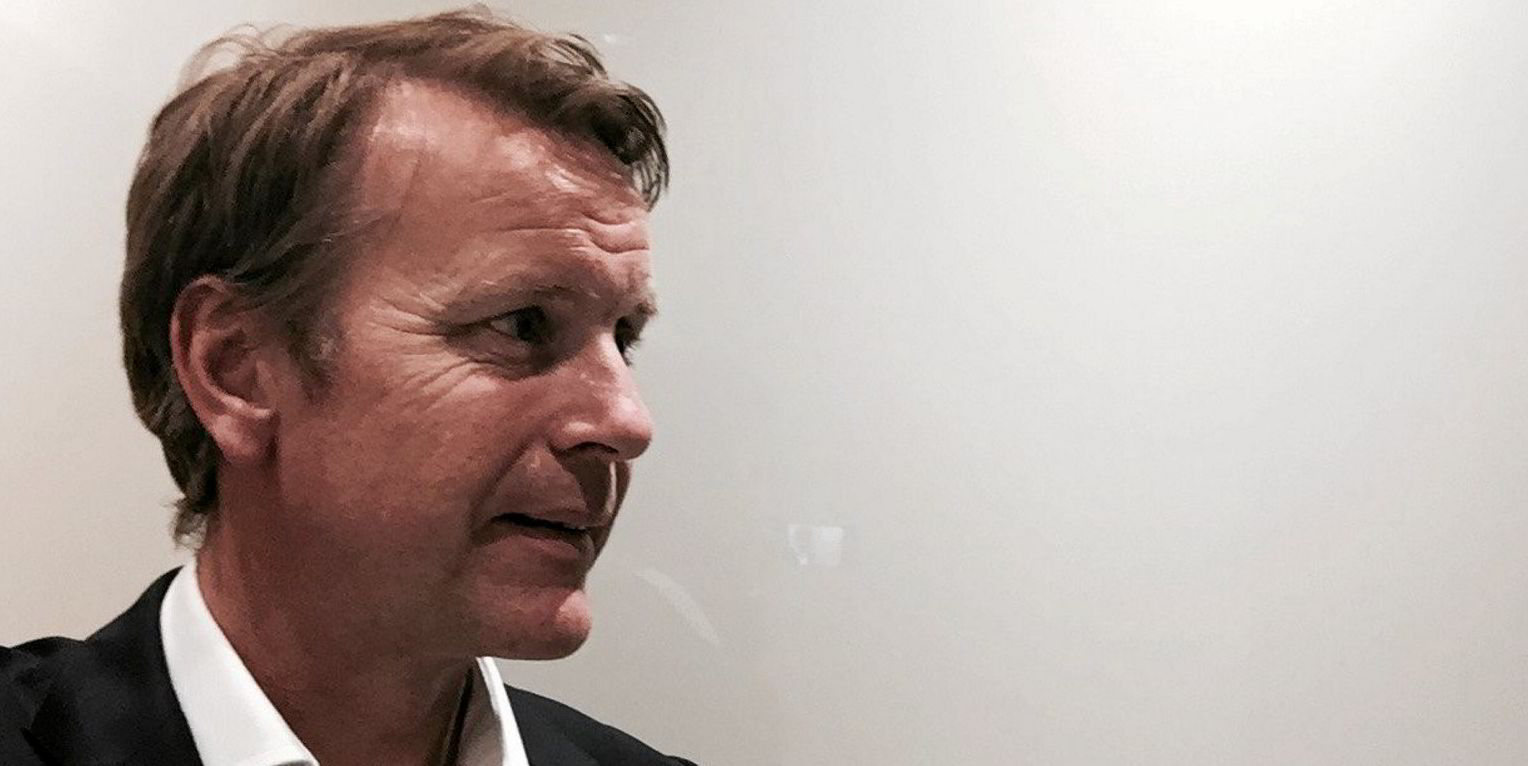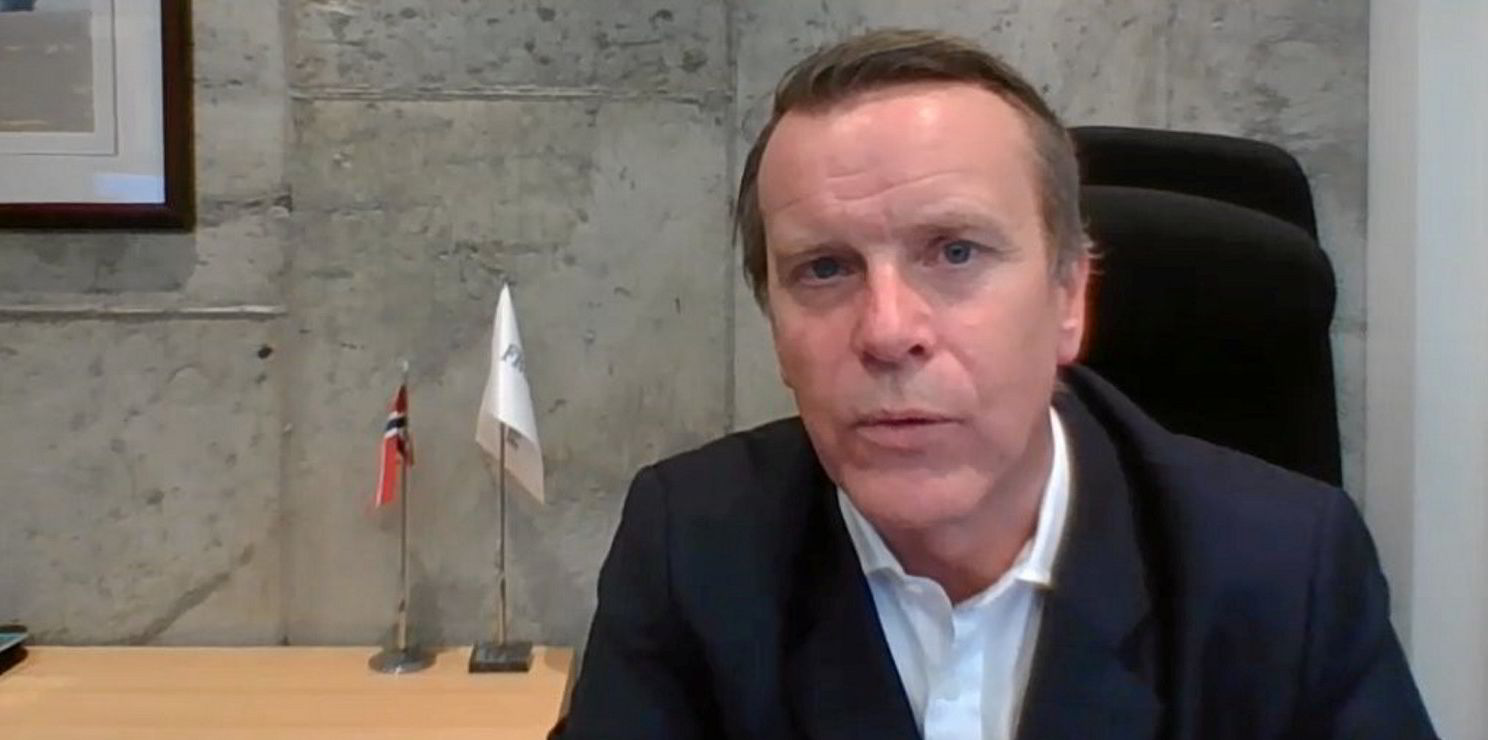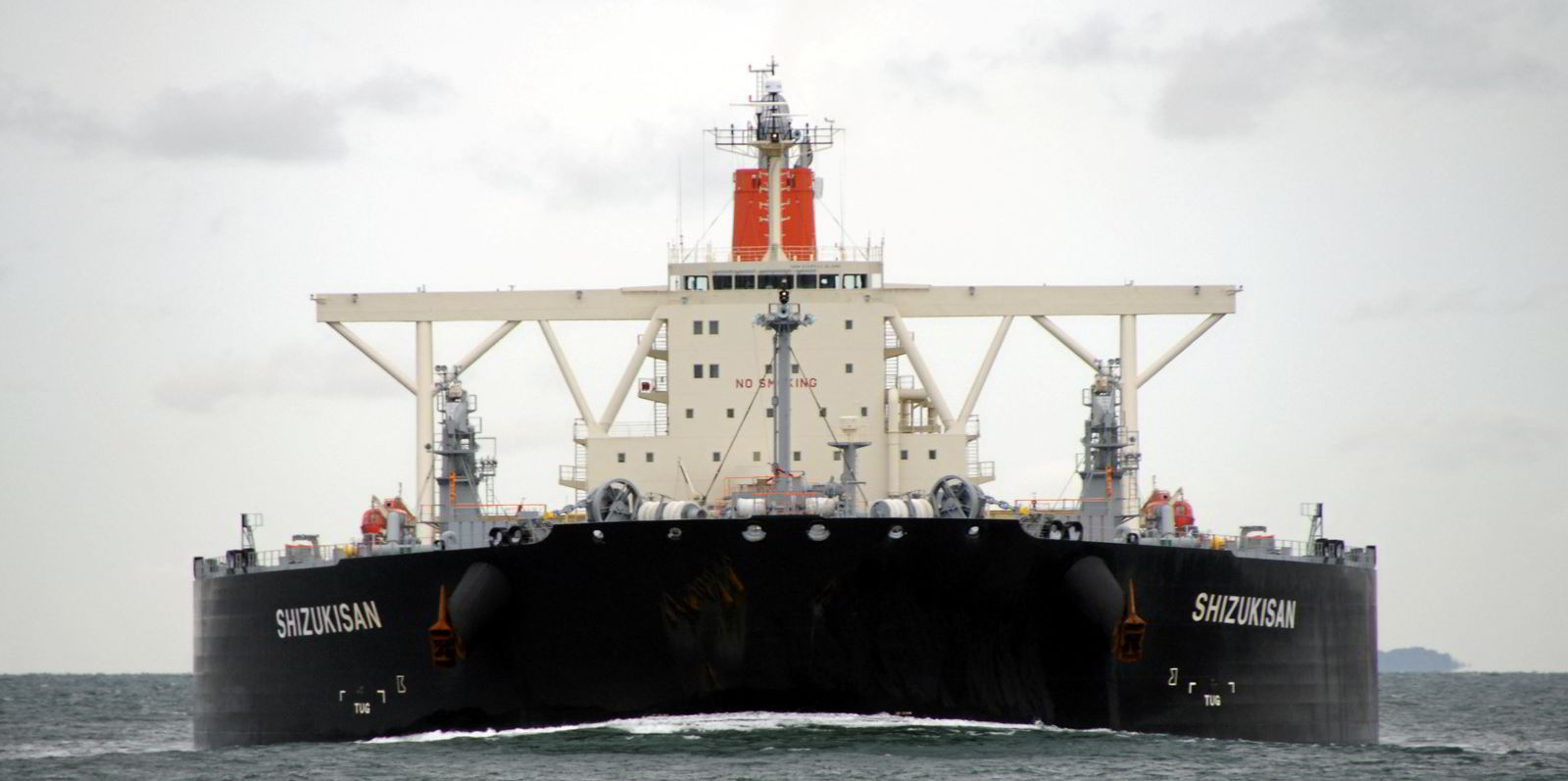How is it that big-name tanker owners are reporting improving rates while brokers suggest the ships are languishing deep in the red?
Frontline chief executive Lars Barstad blamed outdated methodology for services such as the Baltic Exchange showing VLCCs at all-time lows while his fleet is near or above breakeven levels.
“The thing is, with these indices that are supposed to represent the market performance, these are based on a methodology that is somewhat old-fashioned,” he said on the New York-listed company’s fourth-quarter earnings call.
“A modern tanker will trade very differently than an older tanker. And the economics of a modern tanker, if you add a scrubber, is extremely different.”
Across its entire fleet, the John Fredriksen-backed shipowner reported improvements in rates, with VLCCs earning an estimated $21,300 per day with 58% of days booked in the first quarter, suezmaxes $19,600 per day with 65% of days booked and aframaxes/LR2s $18,800 per day with 56% booked.
Its VLCCs are still below its breakeven level of $22,700 per day, dry-docking expenses included, but its suezmaxes and aframax/LR2s are in profit-making territory with their breakevens at $18,900 per day and $16,000 per day respectively.
Meanwhile, the Baltic Exchange assessed VLCC time charter equivalents at -$21,943 on Wednesday, the fourth all-time low in the last two weeks, while suezmax TCEs were also below zero at -$2,373.
Aframaxes were the sole crude tanker asset class earning positive numbers, according to the Baltic, with TCE rates estimated at $3,325 per day.
Barstad said the global tanker fleet is multi-faceted, with non-eco and eco tankers with and without scrubbers trading globally, and a scrubber-fitted eco tanker earning a significant premium over a non-eco tanker with no scrubber.
“It’s this you need to keep in mind when you look at Frontline ... we have both a very modern fleet and we have very low breakeven levels,” he explained, noting that 79% of the company’s ships are eco-designed and more than half have scrubbers.
Barstad’s comments follow warnings from Clarksons Platou Securities earlier this month that the Baltic Exchange’s calculations make certain assumptions about factors such as speed that distort how bad things really are when rates are low and fuel costs are high.
Frontline is not the only crude tanker owner to report better rates than the Baltic.
Last week, VLCC specialist DHT said it has booked 59% of its spot days at $12,600 per day so far this year, although that is lower than in the fourth quarter, when its spot fleet fetched $16,300 per day.
The company also trumpeted a low breakeven rate at $10,900 per day.






